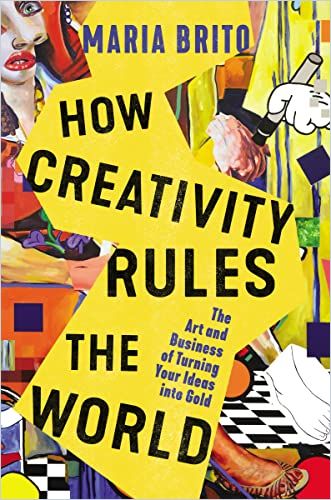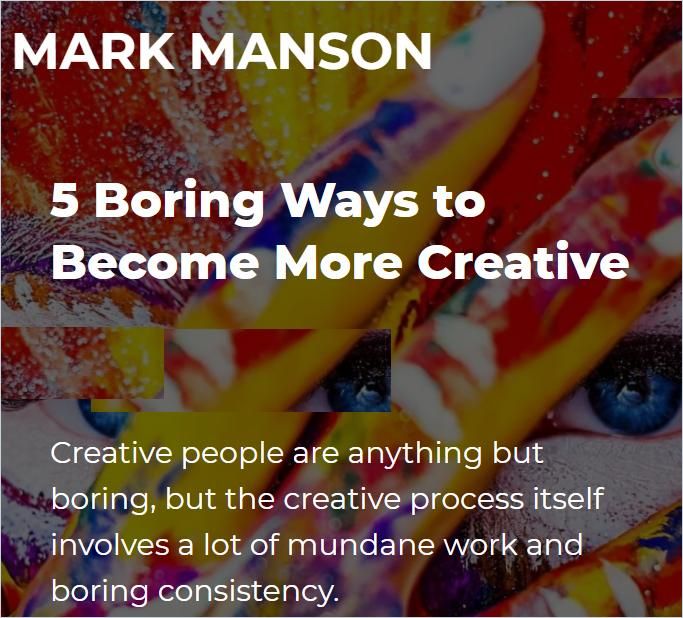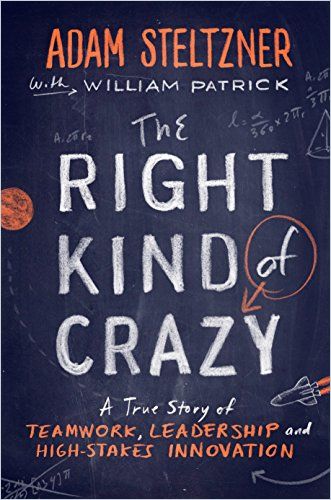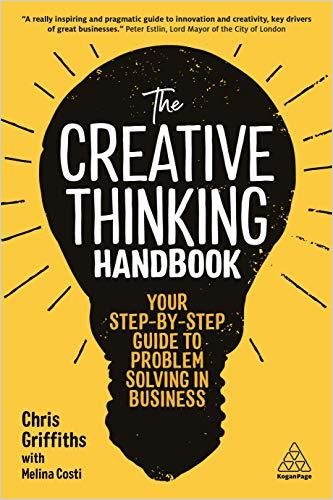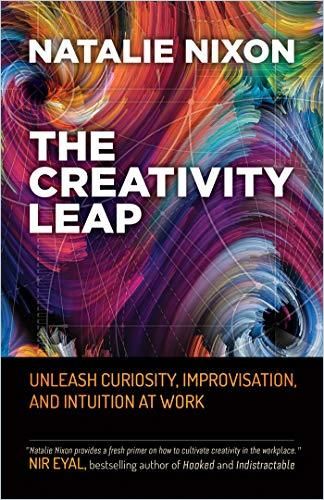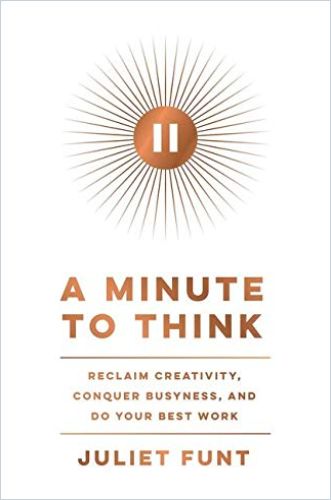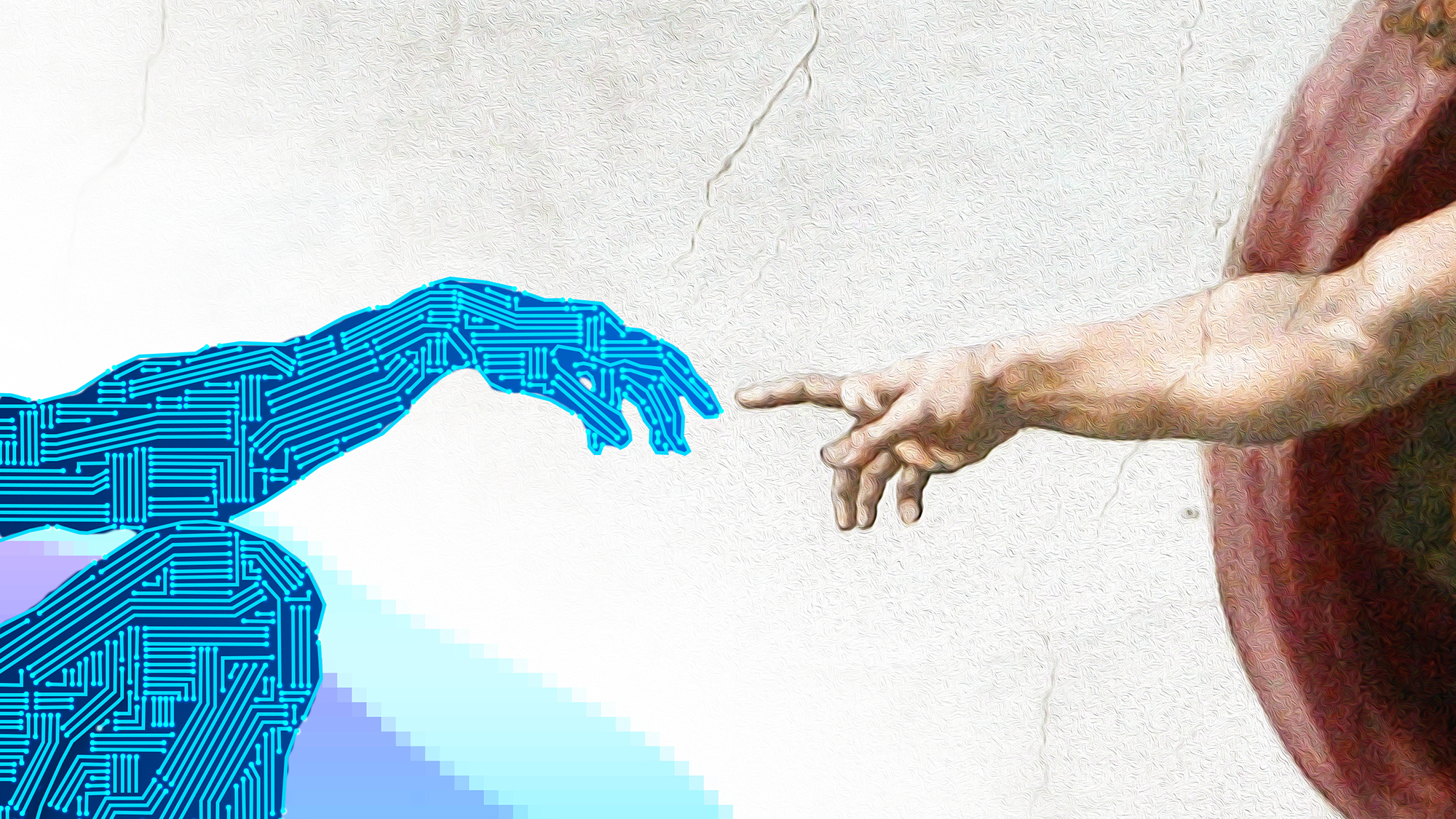Embracing the Unknown
Creative thinking goes hand-in-hand with critical analysis and problem-solving. As author Maria Brito writes in How Creativity Rules the World, creativity arises from the habit of making connections between thoughts and experiences.
Free Your Mindset
Management expert Michael A. Roberto, Ph.D., says mindset can be the biggest hindrance to creative thinking. In Unlocking Creativity he outlines the most common presuppositions people have when it comes to looking at problems, mindsets that can blind them to solutions, for instance, a “linear” mindset, where you believe the best way to approach a problem is step-by-step in a proscribed sequence. Mindfulness – focusing on the present moment – will help you let go of worn-out frameworks and perspectives.
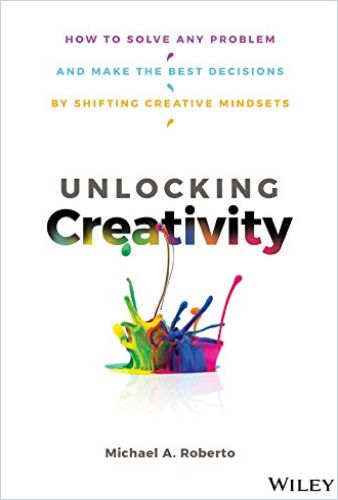
Being willing to imagine something that doesn’t yet exist can feel risky. Have an open mind. Creative thinking happens in a setting of psychological trust where there are no stupid ideas, and people feel comfortable exploring what may not be fully-formed solutions. Think of your proposed solutions as experiments; not all will succeed. Companies can encourage a more creative approach to problems by understanding that failure is a part of success.
If creative visions don’t seem impossible at first, then they aren’t good enough visions.”
Maria Brito
Define the Problem
When approaching any problem, consider not only the business and technical parameters any solution must have but also the human needs it must meet. Delving into these will uncover creative opportunities. According to The Art of Innovation authors Tom Kelley and Jonathan Littman, top design company IDEO develops a detailed “problem statement” to define whatever challenge they face, and uses that as the basis for brainstorming solutions. Don’t judge while brainstorming ideas; leave evaluation until after you’ve gathered as many ideas as possible.
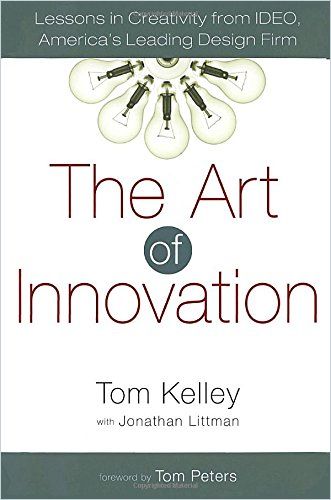
Many businesspeople…overlook the possibility that brainstorming can be a skill, an art, more like playing the piano than tying your shoes.
Tom Kelley and Jonathan Littman
Order Out of Chaos
Creative solutions don’t often follow a linear trajectory. However, cultivating a consistent, daily creative practice makes innovative thinking a habit. Model comfort with the unknown for your team members. Explore areas of doubt or apprehension for opportunities to better understand the challenge you face. Often your intuition will lead you to new approaches. Empathy is a vital ingredient for creativity. Mickey Mouse is the result of Walt Disney’s empathy toward animals. When asking for creative solutions from your team, remember:
- Teams work best when members feel free to voice their opinions.
- Managers foster creative teamwork when they keep track of the big picture as well as the relationships and connections between facts.
- It’s up to leaders to keep pursuing innovative solutions, but also to continuously question if those solutions are the right ones.
Creativity may not be a linear process, but it is not magic. Taking the time to create space for creative thinking increases your odds for true innovation. Read these titles for more creative inspiration:

Spark Creativity with Thomas Edison’s Napping Technique
Scientific American Read SummaryFind more relevant information and spark new ideas in our related channels:


